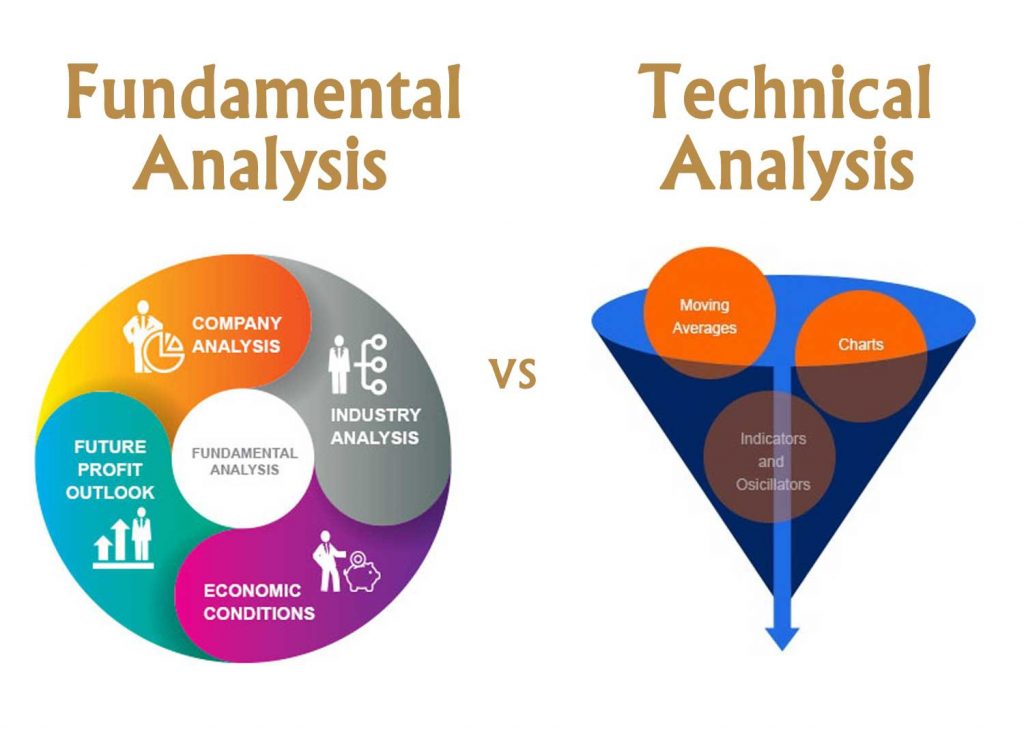
Cryptocurrency Investment Strategies for the Long Haul
The world of cryptocurrency has undergone a significant transformation in recent years. Gone are the days of short-term trading strategies that sought to capitalize on high volatility and sudden momentum shifts. Today, investors are thinking long-term, and that’s good news for individual investors everywhere.
Buy-and-Hold Investing
One of the most straightforward approaches to crypto investing is a simple buy-and-hold strategy. This involves finding one or more cryptocurrencies that you like and holding on to them for the long haul. The thinking here is that many of the top cryptocurrencies will appreciate greatly over time, even if they are prone to high volatility in the short term.
Bitcoin, the largest cryptocurrency in the world with a $1.3 trillion market cap.
Bitcoin, for instance, has been one of the best-performing assets in the world over the past decade. According to Cathie Wood of ARK Invest, if you’re willing to hold on to your Bitcoin for at least five years, you’re likely to make substantial gains. In fact, Wood predicts that Bitcoin could soar to a price of $1 million by 2030.
Dollar-Cost Averaging
A related crypto strategy is known as dollar-cost averaging. While “buy and hold” typically implies a single large purchase, a dollar-cost averaging strategy involves a series of smaller, recurring purchases. The key idea here is that you commit to buying a set dollar amount of a particular cryptocurrency on a regular basis, regardless of market conditions.
 Dollar-cost averaging can be an effective strategy for building a crypto position over time.
Dollar-cost averaging can be an effective strategy for building a crypto position over time.
For example, you might decide to buy $100 worth of Bitcoin every month. This approach can be particularly effective if you’re looking to take the emotion out of investing. Instead of checking your portfolio every few days, you might be checking your portfolio only once a month, which means you can block out market volatility and avoid getting unduly influenced by gyrating crypto prices.
ETFs for Diversification
Lastly, exchange-traded funds (ETFs) could be an effective way to diversify a long-term cryptocurrency portfolio. They are particularly popular with investors who would prefer not to invest directly in the crypto market.
 ETFs can be a useful tool for diversifying a long-term portfolio.
ETFs can be a useful tool for diversifying a long-term portfolio.
The new spot Bitcoin ETFs, for example, are a way to invest in the digital currency the same way that you would invest in tech stocks. Two of the most popular spot Bitcoin ETFs right now are the iShares Bitcoin Trust (IBIT) and the Fidelity Wise Origin Bitcoin Fund (FBTC).
Based on the initial success of the spot Bitcoin ETFs, the expectation is that other cryptocurrencies will soon get their own spot ETFs. For example, the same Wall Street investment firms that brought the spot Bitcoin ETFs to market are trying to bring new spot Ethereum (ETH) ETFs to market.
And don’t forget about the ability to use more-traditional ETFs for crypto market diversification. For example, you could invest in the Valkyrie Bitcoin Miners ETF (WGMI) if you’re looking for broad exposure to the crypto mining sector. Or you could invest in an ETF such as the Amplify Transformational Data Sharing ETF (BLOK) if you’re looking for broad exposure to blockchain technology companies.
The key idea here is diversification. It’s much easier to diversify your portfolio with a single ETF than it is to buy a handful of different stocks. Simply stated, you could buy a single Bitcoin mining stock, or you could buy a basket of the top 20 Bitcoin mining stocks. Thus, ETFs can be very useful if you’re confident in the long-term potential of an industry, but less confident about what the big winners are going to be.
Keep a Long-Term Focus
Just remember that it’s important to keep a long-term focus when investing in crypto. It’s easy to get distracted by the latest meme coins or short-term momentum plays. By following one of the strategies outlined above, you can avoid this and focus on creating a long-term, well-diversified portfolio that builds real wealth.












